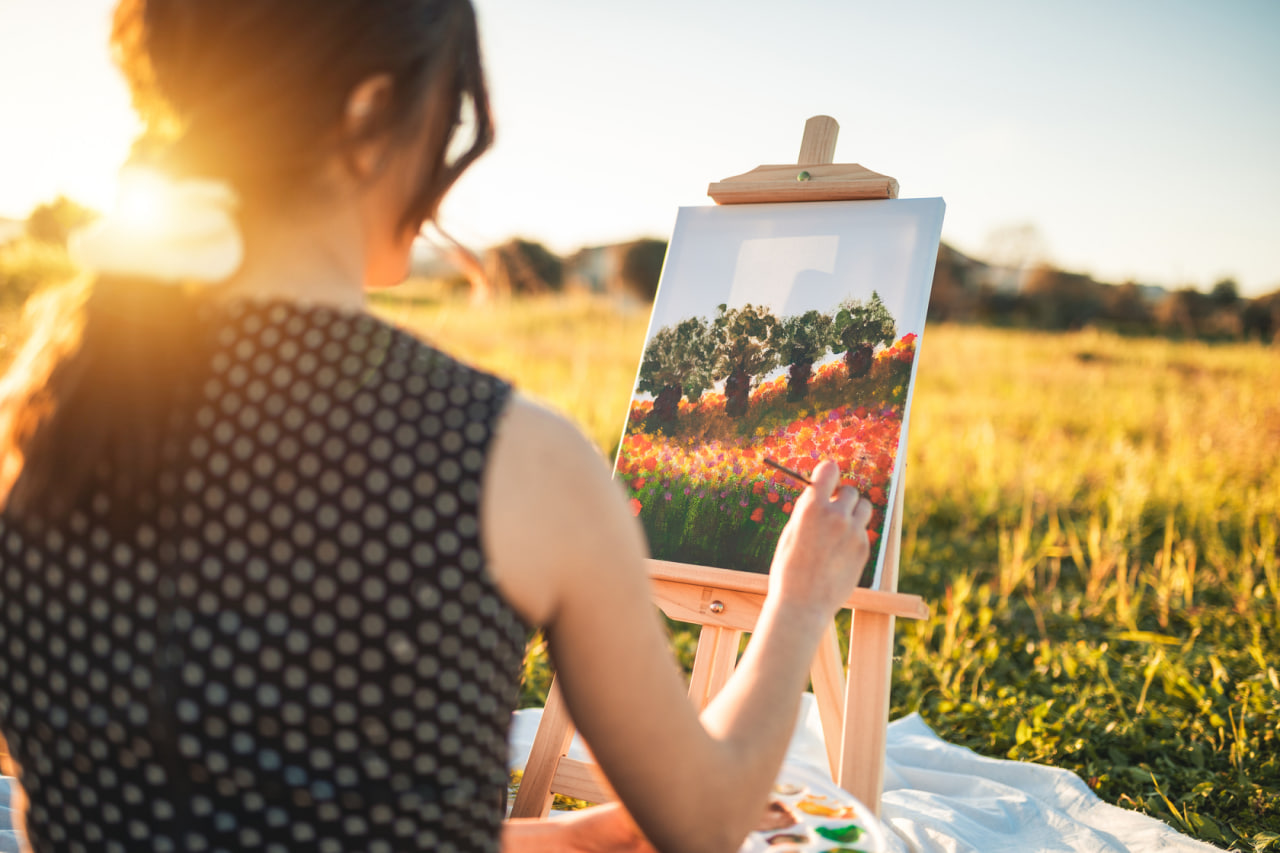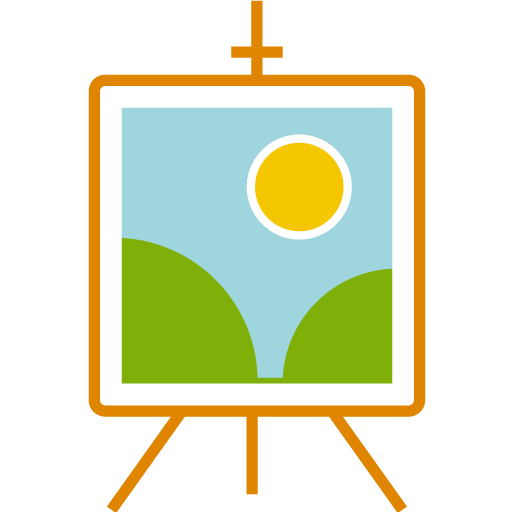How to Develop Your Own Style in Landscape Painting

Understanding the Importance of a Personal Style
Developing your own style in landscape painting is a vital step in establishing your identity as an artist. It allows you to express your unique vision and emotions, making your work recognizable and meaningful. While learning techniques and studying masters is essential, cultivating a personal style brings originality and authenticity to your art, helping you stand out in a crowded field.
Study and Experiment with Different Techniques
The journey to finding your style begins with exploration. Study a variety of landscape painters, both classic and contemporary, to understand different approaches and techniques. Experiment with various mediums, brushwork, color palettes, and compositions. Trying new methods helps you discover what resonates with you and which techniques feel most natural and enjoyable.
Reflect on Your Artistic Preferences and Influences
Take time to consider what attracts you to landscape painting. Is it the dramatic play of light and shadow, the intricate details of flora, or the vastness of open skies? Reflect on the moods and themes that inspire you, and think about how you want viewers to feel when they see your work. Your personal experiences, environment, and emotions all contribute to shaping your artistic voice.
Simplify and Focus Your Visual Language
As you experiment, begin to refine and simplify your visual language. This might mean limiting your color palette, developing characteristic brushstrokes, or favoring particular compositional styles. Simplification helps create cohesion and makes your work more identifiable. Focus on elements that you feel passionate about and that communicate your message clearly.
Embrace Mistakes and Happy Accidents
Developing a style is not about perfection; it’s about authenticity and expression. Sometimes, unexpected marks or “mistakes” can become signature features of your work. Embrace these moments as opportunities for creativity. Allow your intuition to guide you rather than striving for exact replication of reality. This openness often leads to breakthroughs in your personal style.
Consistency Through Practice
Regular practice is essential in solidifying your style. The more you paint, the more naturally your unique approach will emerge. Keep creating work that challenges you and pushes your boundaries while staying true to your preferences. Over time, your style will evolve but maintain a recognizable core that reflects who you are as an artist.
Seek Feedback and Stay Open to Growth
While it’s important to trust your instincts, seeking constructive feedback from mentors, peers, or art communities can provide valuable insights. Feedback helps you understand how others perceive your work and identify areas for improvement. Stay open to evolving your style as you gain experience and confidence. Artistic growth is an ongoing process.
Balance Innovation with Tradition
Developing a personal style doesn’t mean abandoning foundational skills. Mastering traditional techniques in color, composition, and perspective provides a strong base on which to build your creativity. Use these fundamentals as a springboard to innovate and push your style in new directions while maintaining a sense of balance and harmony.
Showcase Your Style Through a Cohesive Portfolio
Once you have a clear sense of your style, curate a portfolio that showcases your best work. A cohesive body of work helps communicate your artistic identity to galleries, clients, and audiences. It also serves as a personal record of your artistic journey and growth.
Enjoy the Journey
Remember, developing your own style is a personal and evolving journey, not a fixed destination. Enjoy the process of discovery, experimentation, and expression. Your style will mature and change over time, reflecting your experiences and evolving perspective as an artist.
